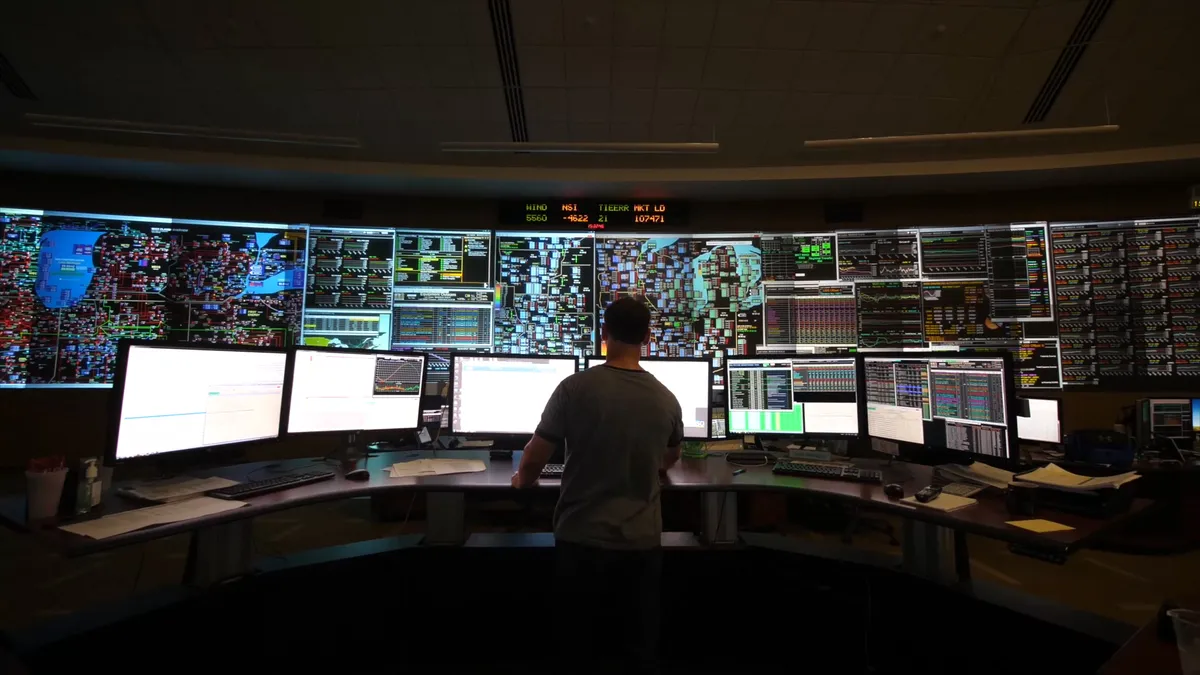Dive Brief:
- The administrator of the Environmental Protection Agency on Tuesday signed a memo outlining major changes to how the agency implements pollution standards for modified power plants.
- Under new guidelines for the EPA's New Source Review (NSR) rules, power or industrial plants making changes to their generators may consider expected increases and decreases to emissions before moving on to a second NSR evaluation process. If the project won't lead to a significant emissions increase, it can proceed under a state-issued minor source permit, instead of the more complex major NSR permit.
- The revised guidelines have long been a target of industry, but environmental groups said they open a loophole in NSR standards that will allow plants to increase emissions by claiming they will later be offset by future pollution control upgrades.
Dive Insight
The EPA's New Source Review standards are mandated by the Clean Air Act and are implemented in two parts.
First, a plant must determine if a planned modification would, on its own, contribute to higher emissions. If so, it must then determine the impacts of the expansion on the plant's entire emissions output, after which pollution controls can be assigned.
In Step 1, EPA not only considered the planned plant modification, but other projects planned at the facility at the same time — a process called "contemporaneous netting."
EPA says that process should be abandoned for a new standard it calls "project emissions accounting," which would consider only the emission impacts of an individual project in Step 1 of the NSR process.
The change is intended to allow plants to expand without running up against what owners say are onerous NSR regulatory requirements. Bill Wehrum, assistant administrator for EPA's office of Air and Radiation, said the changes reflect a "common-sense interpretation of NSR rules that will remove unnecessary administrative barriers to the construction of cleaner and more efficient facilities."
Pruitt's memo comes after he directed EPA staff in December to abandon a key enforcement provision of NSR that evaluates companies' pollution estimates. Environmental groups say Tuesday's move will also allow plants to circumvent longstanding public health protections.
"Pruitt’s announcement today opens a major loophole in those requirements by allowing polluting facilities to claim that planned decreases in pollution will offset any immediate increase in pollution, while abandoning the procedures by which EPA has, in the past, ensured that such claims are accurate and enforceable," Sierra Club spokesperson Brian Willis said in an email.
Wehrum attempted to push through a similar rule change in 2006 when he headed the same office in President George W. Bush's EPA. That rule was never finalized, however, and the push came through a formal rulemaking procedure, not an enforcement memo, which is typically used for smaller regulatory interpretation changes.
"Like the never-finalized Bush EPA rulemaking proposal, the Pruitt memo makes it much easier for significant air pollution increases to evade controls," John Walke, clean air director at the Natural Resources Defense Council, wrote in an email statement. "Today's memorandum represents unlawful final agency action that may be challenged in the U.S. Court of Appeals for the D.C. Circuit."












